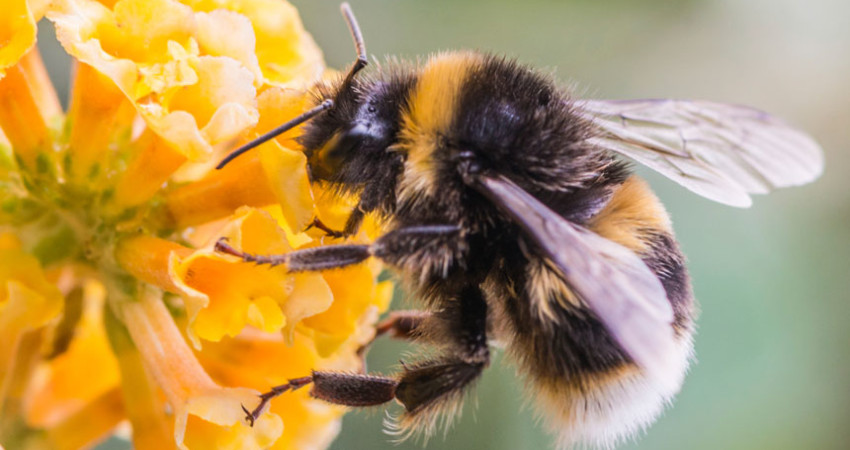

For honey bees to produce honey, they consume pollen and nectar from a variety of flowers. Honey bees are attracted to gardens and fields that offer a variety of flowering vegetation.
Pollen, a powdery dust-like substance, is produced by various flowering plants. Pollen is one of the purest and richest natural foods, containing all of the nutritional requirements of a honey bee: sugar, carbohydrates, protein, enzymes, vitamins and minerals. Nectar is a sweet fluid found in flowers. Honey bees collect nectar and convert it to honey.
The majority of honey bee larvae eat honey, but larvae that are chosen to become future queens will be fed with royal jelly. Royal jelly is a white secretion produced by young, female worker bees. It is comprised of pollen and chemicals from the glands of worker bees.
Royal jelly contains dietary supplements, fertility stimulants and other medicines, as well as B vitamins. Workers and drones are fed royal jelly during the first few days of larval development, while future queen larvae consume royal jelly throughout their development.
Since chosen honey bee queens eat only royal jelly, they grow quickly and become twice the size of an ordinary honey bee. Due to the rich nutritional value of royal jelly, queens can survive five years and lay up to 2,000 eggs each day.
Honey bees collect pollen and nectar from a variety of flowering plants, including milkweed, dandelions, clover, goldenrod and a variety of fruit trees. Only workers forage for food, consuming as much nectar from each flower as they can.
After foraging, worker honey bees return to the hive and pass the collected nectar to another worker. This worker holds the nectar on her tongue until the liquid evaporates, creating honey. The honey is then stored in a cell within the hive.
 Contact Jaguza Support
Contact Jaguza Support